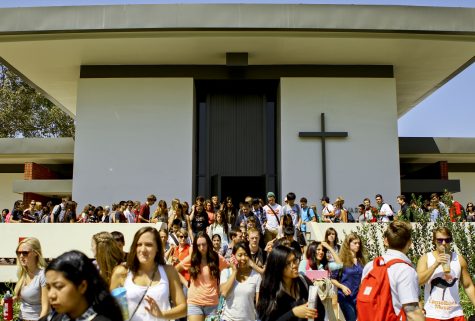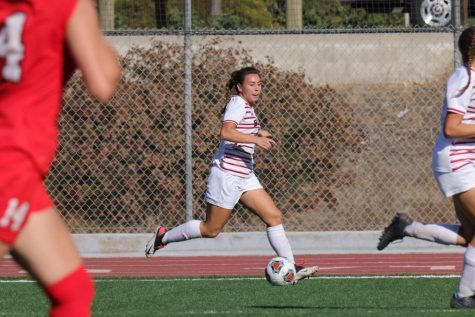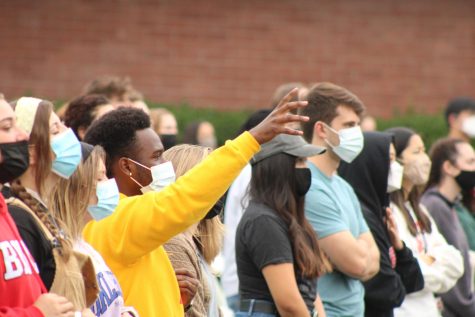The Fundamentals project emerges from the archives
The library opens up the Heritage Room for “The Fundamentals” exhibit.
Olivia Blinn/THE CHIMES
March 11, 2014

In a Chicago basement over a century ago, a group known only as the “Testimony Publishing Company” anonymously published and distributed over 300 million volumes of fundamental biblical doctrine. After over 50 years of collecting dust in the library archives, “The Fundamentals” collection has finally seen the fluorescent light of the library’s main floor. An exhibit honoring “The Fundamentals” project, which features historical background and excerpts, opened on March 10 and will remain on display for the next year and a half.
“The Fundamentals” project, initiated and funded by Biola’s founder Lyman Stewart, is a literary series consisting of 90 essays from the world’s foremost theologians about core biblical doctrines, said professor Paul Rood, researcher of “The Fundamentals” project.
During the exhibition period, the display will go through three phases that mirror the historical development of the project, said Greg Geary, dean of the library. The first phase will focus on the vision of Stewart and the other leaders of the project, the next will deal with the theological content of the essays, and then the exhibit will end with an examination of the project’s impact up until the current time.
The exhibit, designed by graphic design students Beau Morris and Katelyn Seitz, was created to be an interactive and three-dimensional representation of the actual “Fundamentals” booklets.
“We started with the book of ‘The Fundamentals’ … We went from there to emulate that design and bring the book to life in an exhibit form,” Seitz said.
Original pages from the booklets, pictures of the project leaders and an original stenographer compose the aesthetically pleasing first phase of the exhibit.
Part of Biola’s heritage
This exhibit shows a complementary relationship between “The Fundamentals” project and Biola, which Stewart was building as he was also working on this literary project.
“This project was a testimony of our faith. It really exemplifies the vision and purpose of Biola as well,” Rood said.
Being able to produce this exhibit is a point of pride for the library.
“This is celebrating our history, and celebrating the preservation of that history because all of these documents, or most of them, have come from our archives,” Geary said.
“The Fundamentals” exhibit will serve not only as a tribute to the project, but as a reminder of why it is important to remember our history as a university.
“To understand our own history has an orienting effect on us. So it’s important to remember where we’ve been and who we are … It helps us to remember why we’re on the road that we’re on and where we’re supposed to go,” David Nystrom, provost and senior vice president, said.
Students attending the opening reception remarked that the exhibit was a good reminder of where Biola has come from.
“I think it’s important to be aware of Biola’s history because not only did it affect our local history, but ‘The Fundamentals’ was an international movement,” Samantha Olson, sophomore political science major, said.
Start of a new library culture
This exhibit marks the beginning of a new era of the library, Geary said. One of Geary’s prominent goals for the library is for students to be involved with the collections, and his course of action includes lectures, exhibits and even concerts in the library.
“I see the library as the hub of the university. It’s a nexus for our scholarship and celebrating intellectual endeavors that take place,” Geary said.
After joking that he would like to see a Starbucks in the library, Nystrom shared that a new era of unexpected events in the library will hopefully attract students to the library out of desire rather than necessity.
“Oftentimes what we need isn’t what we’re seeking, but it’s what we find,” Nystrom said.







